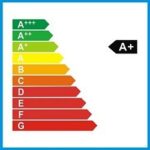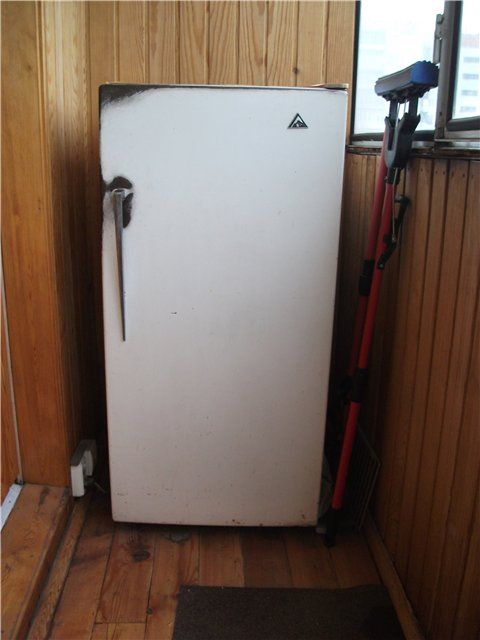What is the climate class of a freezer?
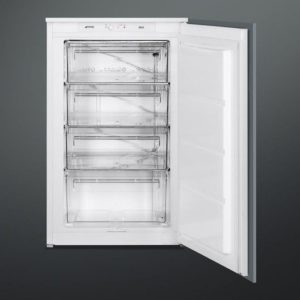 The freezer is less common in our kitchens than its more popular cousin, the refrigerator. The difference is that the freezer supports only one temperature mode within the entire working volume. The scope of application of a refrigerator is narrower than that of a refrigerated cabinet - it ensures long-term preservation of its contents at low sub-zero temperatures.
The freezer is less common in our kitchens than its more popular cousin, the refrigerator. The difference is that the freezer supports only one temperature mode within the entire working volume. The scope of application of a refrigerator is narrower than that of a refrigerated cabinet - it ensures long-term preservation of its contents at low sub-zero temperatures.
When choosing a model of this type of household appliance, you should pay attention to such a parameter as the climate class. What are they, how do they differ and how to take them into account when purchasing a device?
The content of the article
What does the characteristic represent - the climate class of the freezer
Refrigeration equipment, which includes freezers, is very sensitive to the external environment. Its components are selected in such a way as to work effectively under given climatic ranges, and this primarily relates to temperature.
REFERENCE! In Russia alone there are 8 climatic zones - from arctic to subtropical. There are even more of them on the globe. Therefore, freezer manufacturers design equipment with the expectation that it will be used within certain temperature tolerances.These tolerances determine the climate classes of the devices.
In total, there are 4 climate classes for freezing equipment.
- Normal. Denoted by a Latin letter N (normal). For domestic devices, the Russian version of the designation is used: UHL (moderately cold climate). Temperature range acceptable for device operation: from +16 to +32 0C. These units are installed in rooms equipped with air conditioners, which must turn on when the temperature rises above +32 0C. In the cold season, accordingly, the heating should work.
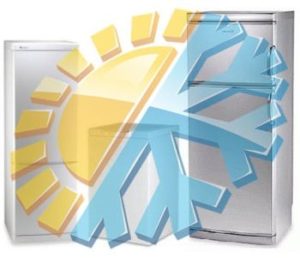
- Subnormal. Designation – SN (subnormal) or also UHL. Equipment of this class is intended for operation within +10 – +32 0C. Such devices can be used in poorly heated rooms: insulated closed loggias or basements.
- Subtropical. ST (subtropical). The operating mode of freezers of this class is shifted towards high temperatures from 18 to 38 0From above zero. They also differ in that they are designed to work in conditions of high humidity. On some models you can also find the UHL designation, although they are supplied to the domestic market quite rarely.
- Tropical. T (tropical). Such models operate in dry climates in the range of +18 – +43 degrees. It does not seem appropriate to use freezers of this class in our country.
Recently, manufacturers have begun to produce so-called multi-class models, which can simultaneously belong to two climate classes. They have the corresponding double designations and are suitable for operation in a wider temperature range:
- N-ST: from 16 to 38 0WITH.
- N-T: from 16 to 43 0WITH.
- SN-ST: from 10 to 38 0WITH.
- SN-T: from 10 to 43 0WITH.
Such devices are the most universal and have the domestic marking “O”, which means “general climatic performance”.
Features of freezer models of different classes
What are the differences between freezer models belonging to different classes?
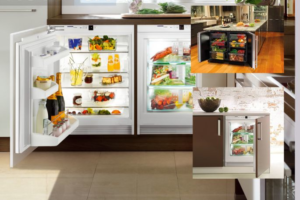 First of all, this concerns the working units of the thermocouple: the evaporator and the compressor. The higher the external temperature that the freezer is designed for, the more power it must have to provide a larger temperature difference. Accordingly, models belonging to category T or ST are equipped with more powerful and expensive motors, and capacitors are equipped with a larger working surface area.
First of all, this concerns the working units of the thermocouple: the evaporator and the compressor. The higher the external temperature that the freezer is designed for, the more power it must have to provide a larger temperature difference. Accordingly, models belonging to category T or ST are equipped with more powerful and expensive motors, and capacitors are equipped with a larger working surface area.
For subtropical climate zones characterized by high humidity, materials that prevent the formation and spread of mold are used in the production of freezing equipment.
If the temperature “outside” the freezer is low, there is no point in using a large amount of thermal insulation material. As it increases, the layer of insulating material also increases.
Which climate class of freezer is better?
The choice of climate class of freezing equipment depends on the conditions in which it is intended to be used most of the time. For an ordinary apartment in a city residential building in the middle zone, where there is centralized heating, it is quite enough to use class N models - in winter the batteries will be turned on, and in summer the temperature rarely reaches above 32 degrees.If the freezer is purchased for installation in southern regions, in rooms where there are no air conditioners, you can consider purchasing ST or T-category models or opt for a universal device with general climate control (O).
ATTENTION! If your freezer malfunctions during operation outside the temperature range established by the class, the manufacturer may void the appliance's warranty.
However, it is worth remembering: the higher the ambient temperature for which the freezing unit is designed, the less energy efficient it will be, and its price will be higher.

